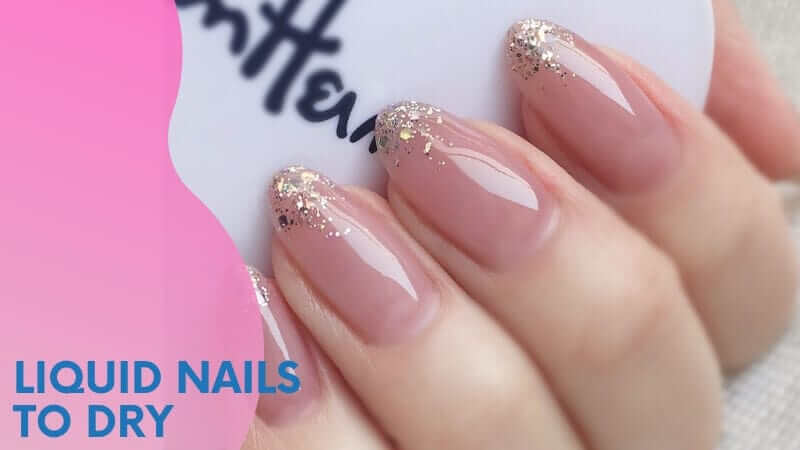
How Long Does It Take for Liquid Nails to Dry One difference between timber glue and Liquid Nails may be the drying time. Wood glue sets for joining of forests at only just a little as 15 minutes, but necessitates 24 hours before applying any stress to the glued area. Liquid Nails recommends clamping or bracing the surfaces for 24 hours, carrying the entire week to cure to advantage completely.
Wood glue and Liquid Nails are both versatile glues, useful for kinds of projects. However, the two are not that with unique strengths, drying methods, and times of cleaning. Liquid Nails is a particular product, while wood glue is an overall sort of adhesive
How Long Does It Take for Liquid Nails to Dry?
How Long Does It Take for Liquid Nails to Dry Be sure that the substrates are sound, clean, and dry before application for optimal strength and moment that is dry. Liquid Nails remain flexible when remedies and dry from the surface. Brace the job to make sure adhesion. It's underwater water lines, like in a swimming pool.
The wood paste is just really a substance without harmful fumes. Such as cutting boards, A few varieties are rated safe for usage. Liquid Nails combinations with solvent-based ingredients emit gases when moist, requiring ventilation. The solvents are toxic before drying and flammable, however safe afterward, according to the Liquid Nails website. Some varieties of Liquid Nails do not emit harsh fumes; those are generally latex-based. Package warnings and directions detail the particulars for the array of Liquid Nails you pick.
What Are Liquid Nails?
Liquid Nails is a construction glue that can withstand a lot of abuse. It binds things together in the same way as nails do. Foam board, corkboard, green board, plywood, and fiberglass are all good candidates for liquid nails.
Liquid Nails is remains flexible when dry, and it cures from the outside. This increases its durability and impact resistance. Be careful that Liquid Nails is only flammable during the drying process. It's also water-resistant, although not for lines that are completely submerged in water, such as those in a swimming pool.
Liquid Nails Dry Time
15 minutes: There are a few things you can do to speed up the drying process if you're using maximum strength nails and don't want to wait seven days for them to dry. Regardless of what social media suggests, you should never put the product in the freezer. This will cause the bonding components to break down, necessitating the purchase of a replacement tube.
Removal From Skin
Wood adhesives wash away with soap and water and are latex-based. Rinsing hands in plain warm water remove glue while scratching or rubbing glue off with your fingers works for timber glue. Liquid Nails features both solvent-based and latex-based models. The solvent version requires rubbing against a petroleum jelly or mineral oil into the affected skin surface, while latex versions wash up with soap and water.
Uses Of Liquid Nails
How Long Does It Take for Liquid Nails to Dry Wood adhesive, as the name implies, is designed into the other, as when building furniture. The adhesive absorbs porous woods to get a bond. Oily woods such as redwood walnut or cedar require sanding before using wood glue for a much superior seal or wiping. Liquid Nails offers so many versions that there's one for any kind such as wood, leather, foam, metal, ceramic, or ceramic.
What Is The Set Time Of Liquid Nails?
How Long Does It Take for Liquid Nails to Dry One difference between timber glue and Liquid Nails may be the drying time. Wood glue sets for joining of forests at only just a little as 15 minutes, but necessitates 24 hours before applying any stress to the glued area.
Using Liquid Nails (interior product variant ) and wondering what is the full drying time? Using this to bond a chipped plastic kitchen drawer guide together and partially into wood drawer back again. I formed a significant number all over and across the mount - if it still holds?
I am aware of if have bought a new brand guide but thought I would try this as it is my location, maybe not a customer, and experienced the material on hand.
